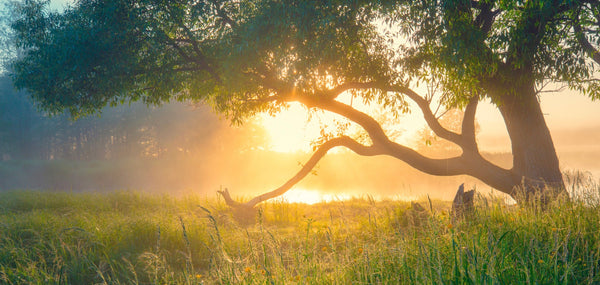
Get news, updates, & event Info delivered right to your inbox:
15 Nature Facts That Might Just Blow Your Mind
Every day, we discover new things about the environment around us. From symbiotic relationships to new species being discovered, the wonder of nature never ceases to amaze us. Sometimes, in the midst of accelerating climate change and emerging environmental threats, it’s important to take a step back and appreciate just how awesome nature is.
So without further ado, here are 15 fun nature facts that will be sure to blow your mind!

1. Trees Can Communicate with Each Other
Now, we know what you’re thinking: how can trees talk to one another? Well, while trees certainly can communicate with each other, it actually can’t be seen with the naked eye, making it impossible to detect on an everyday stroll through nature.
Trees “talk” to one another through an intricate network of fungi in the soil dubbed the “Wood Wide Web”. It connects trees at their roots, allowing them to communicate by sending signals about upcoming threats like droughts or disease — and that’s just the tip of the iceberg. This allows trees to alter their behavior upon receiving the signal.

2. Dolphins Have Names for Each Other
Just when you thought your favorite underwater mammal couldn’t get any cuter, we have some news for you.
It’s a well-known fact that dolphins are highly social creatures. They typically travel in what we call pods, which can include anywhere from 2 to 30 dolphins. It’s also another well-known fact that dolphins are extremely intelligent. If you’ve ever had the pleasure of meeting a dolphin, you know this first-hand.
Turns out, dolphins actually have names for one another. Scientists have found that these marine mammals use a distinctive whistle to identify each other. When a dolphin hears their own “name” called to them, they respond.
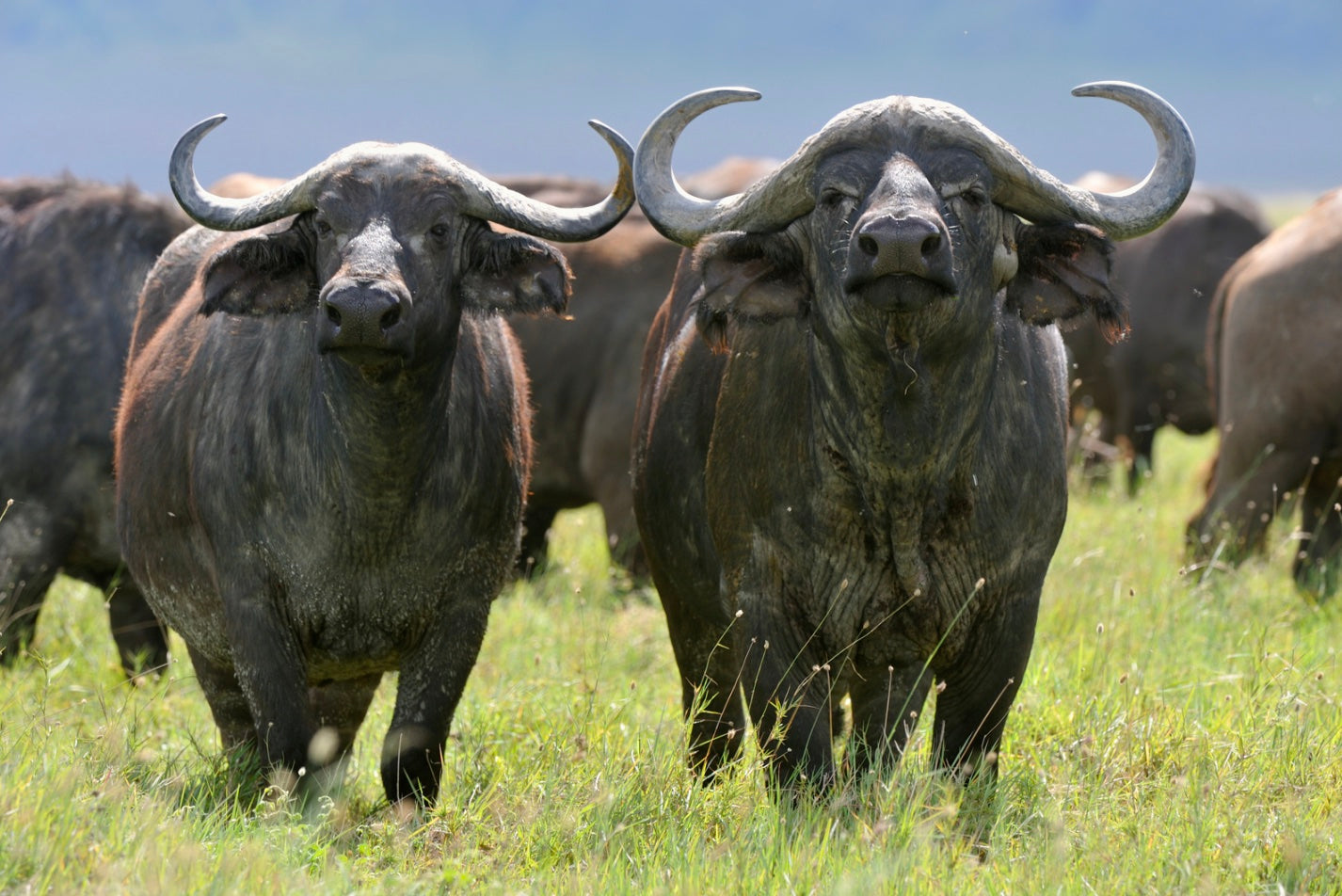
3. African Buffaloes Make Decisions By Voting
Turns out, Democracy isn’t just a human behavior. Animals take part in it as well! The African buffalo is one of the animals most well-known for using a voting tactic to make travel decisions.
African buffalo herds actually use a form of voting when trying to decide which direction to travel in. One at a time, adult females will stand up and look in a certain direction before sitting down. Whichever direction gets the most amount of looks is typically where the herd travels.
Interestingly, if the vote is divided, the herd will actually split up temporarily. Only the adult females are allowed a vote, regardless of social status within the herd.

4. Bamboo Is the World’s Fastest Growing Plant
Bamboo is a fast-growing grass with a hollow stem. It’s used to create a number of sustainable products, but it’s best known for being a food source for giant pandas.
Bamboo also happens to be the world’s fastest growing plant. One species of bamboo can even grow 35 inches in a single day, and some species reach full maturity in just 90 days! Not only does bamboo grow exceptionally fast, it also happens to hold a Guinness World Record for fastest growing plant!
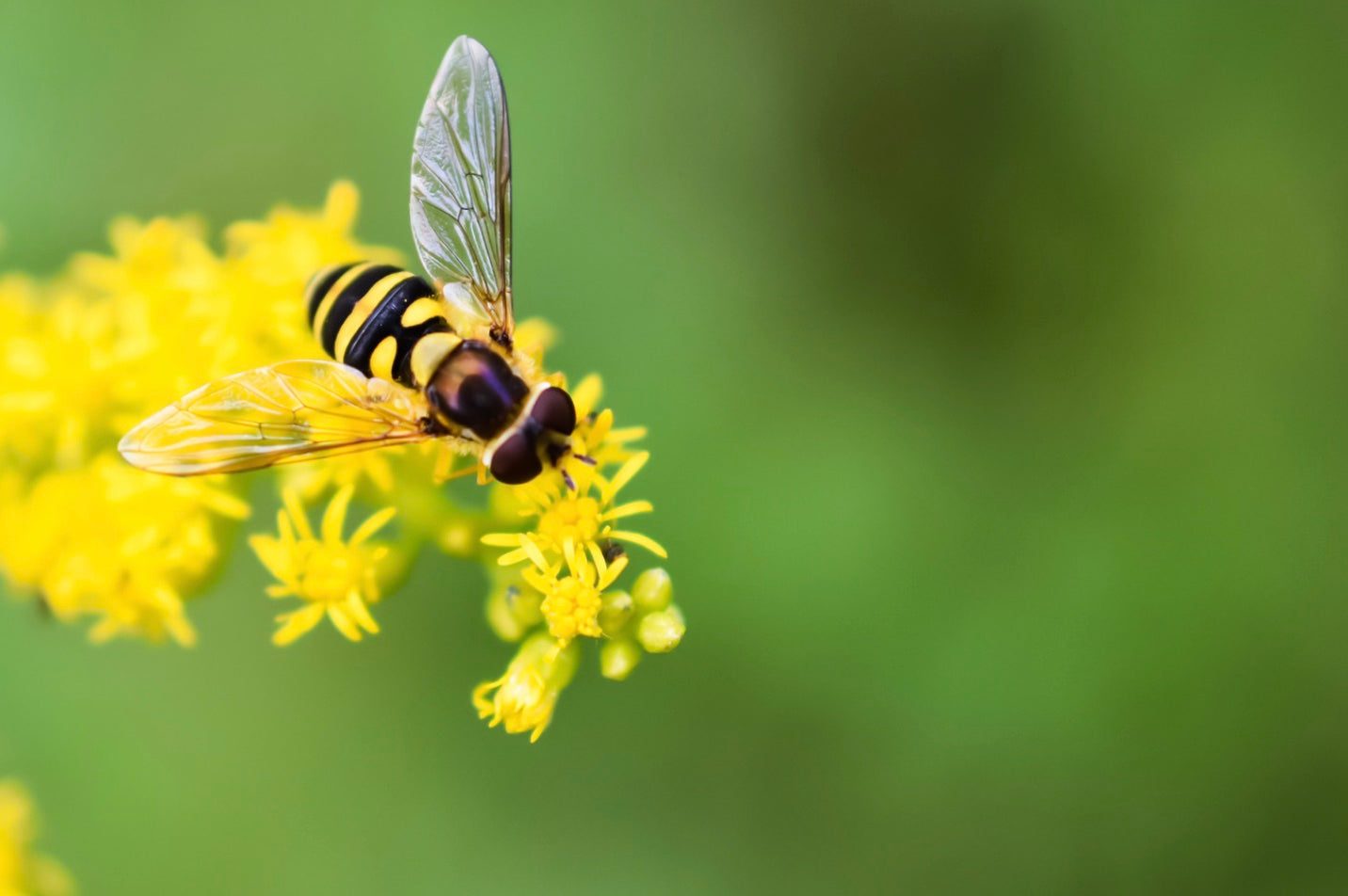
5. Bees Dance to Communicate
It’s hard to think bees could get more interesting, but turns out, they can! Just like many other species, bees communicate with one another. They live in a hive together and must all work together, so communication is certainly key. However, what sets bees apart from other species is that they actually communicate by dancing!
Bees have two different dance moves that allow them to show other bees where flowers are located. One bee will dance while the others watch to learn which direction they can find the flower patch in.
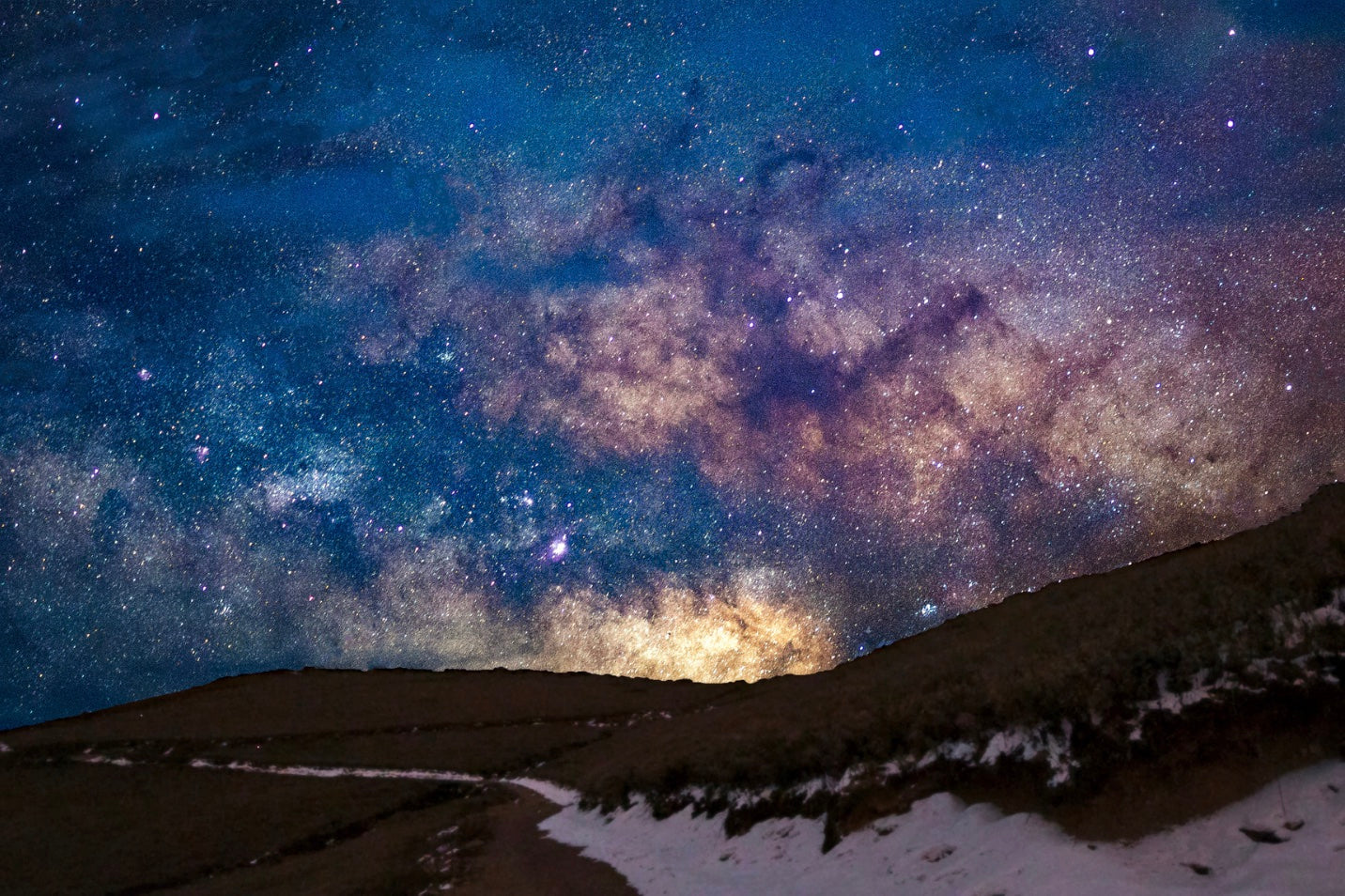
6. There Are More Trees on Earth Than Stars in the Milky Way
There are so many trees covering our planet that scientists had to figure out a new method to quantify them, and they’ve actually calculated that there are more trees on Earth than stars in the Milky Way.
Scientists have determined that the number of stars in the Milky Way ranges from 100 billion to upwards of 400 billion, but there is an estimated amount of 3 trillion trees on Earth. That’s a lot of trees! Even with all those trees currently on Earth, it is still very important that we continue protecting our forests and planting more trees!
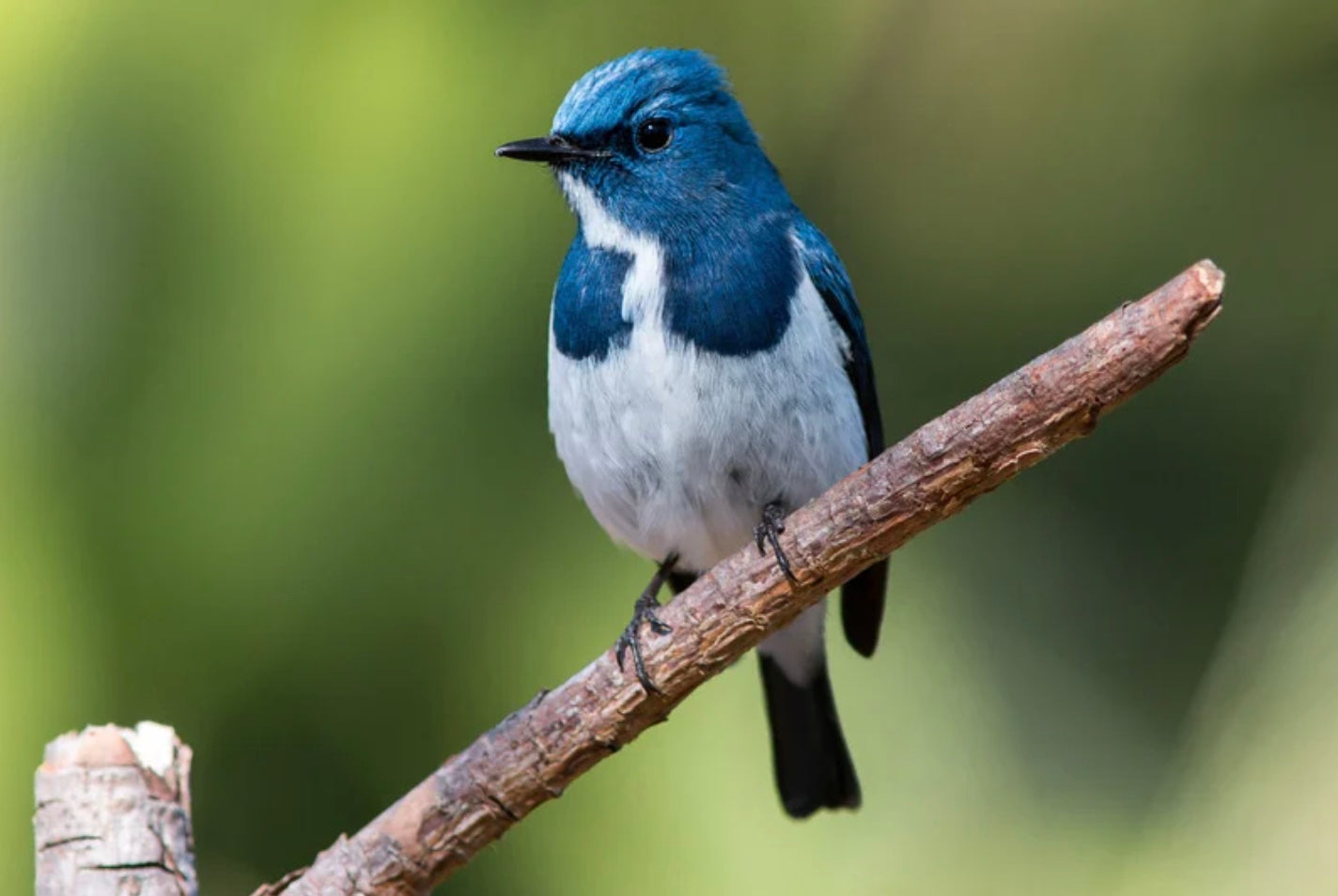
7. Birds Are Descended From Dinosaurs
When we think of dinosaurs, we often think of large, reptile-like creatures. The Tyrannosaurus Rex is often thought of as a scaled-up, ferocious lizard, but that might not be the case for all other dinosaurs.
Since the 1960s, many scientists have found recurring evidence that birds are direct descendants of these prehistoric reptiles. In fact, according to the Smithsonian Magazine, all living birds are indeed dinosaurs, but not all dinosaurs were considered birds. Some dinosaurs even had feathers just like birds!
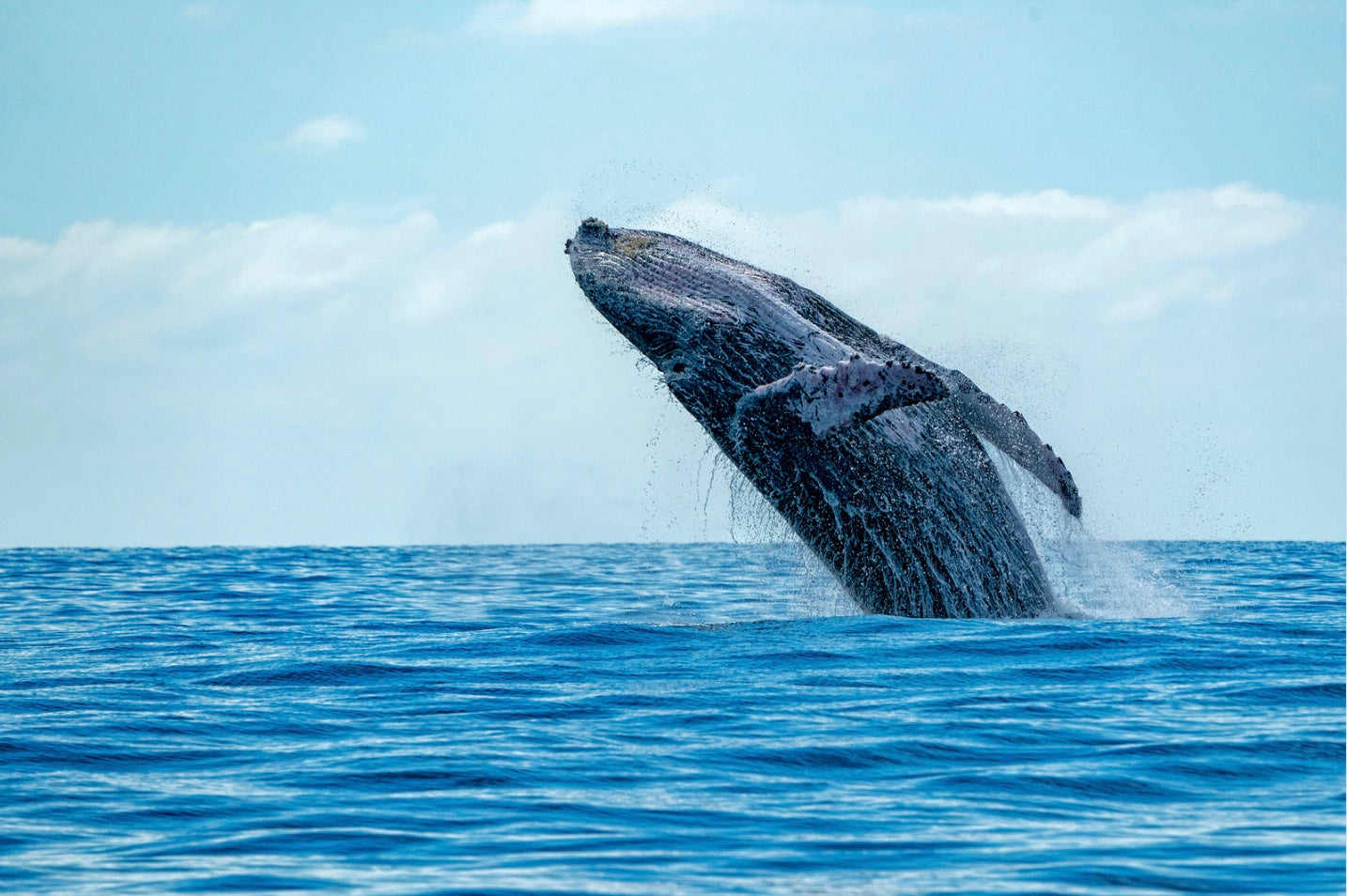
8. The Blue Whale Is the Largest Animal to Exist
Speaking of dinosaurs, when people think of these extinct animals, we often think of towering creatures. Surely, the dinosaurs were the biggest animals that roamed the Earth? Well, that’s actually not the case at all.
Far bigger than any dinosaur, the blue whale is known to be the largest animal to ever exist. The magnificent mammals can actually grow to be 100 feet long and up to 200 tons. That’s about 30 Tyrannosaurus Rex!

9. Forests Can Make Rain
Forests actually move so much water from the soil into the atmosphere that they end up creating rain. It’s called the Biotic Pump Theory.
Plants and forests draw water from the soil before exhaling it into the atmosphere. This then impacts the balance of water and heat at Earth’s surface, essentially controlling the weather and producing rain.
Parts of the Amazon Rainforest have also been known to start their own rainy season!
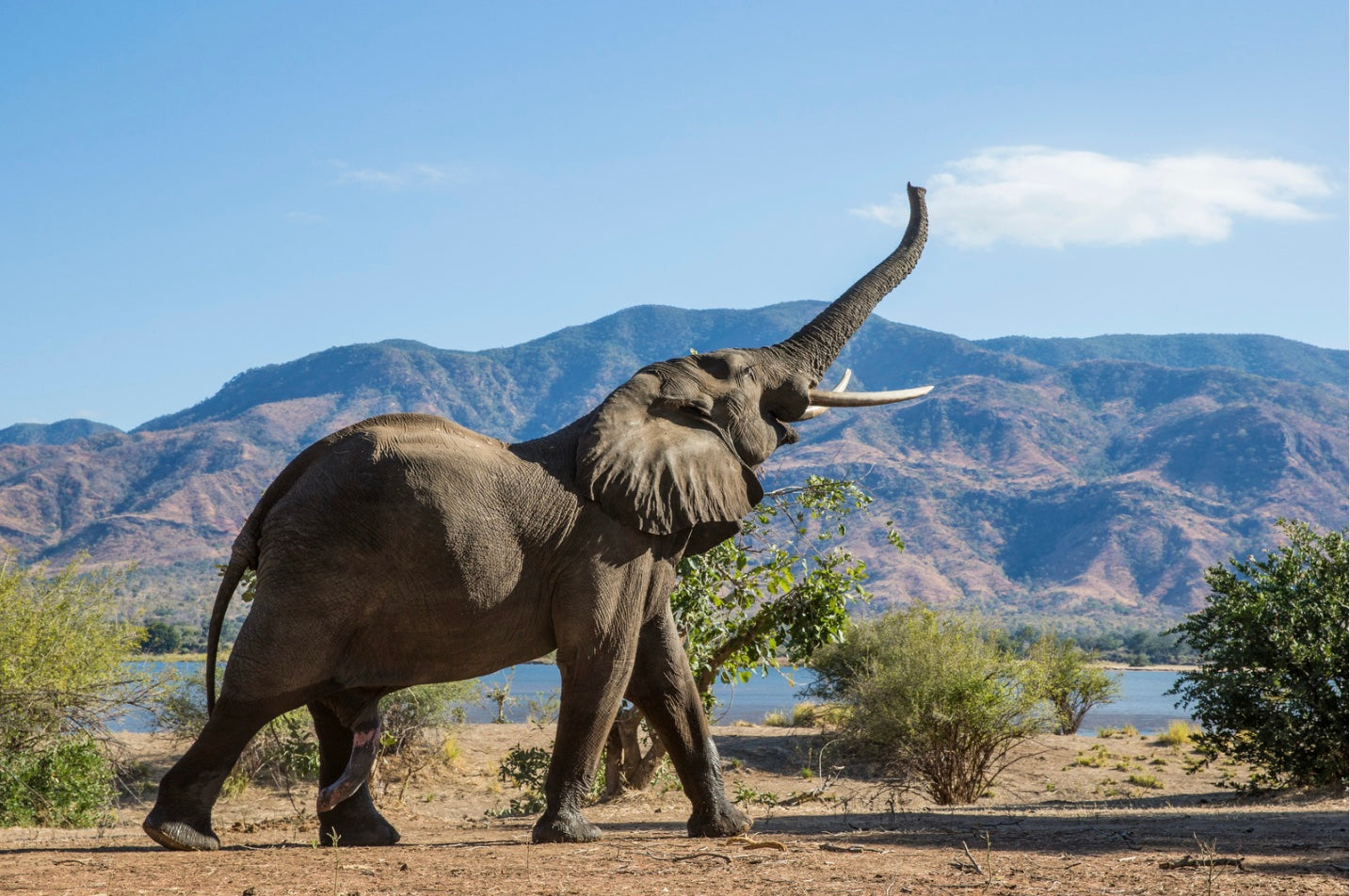
10. Elephants “Never” Forget
Have you ever heard the phrase, “memory like an elephant?” It turns out that elephants actually do have a better memory than most living things.
All mammals, including humans, have four different lobes in their cortex: occipital, parietal, temporal, and frontal lobes. All four of these lobes play a key role in the functioning of our brain. From language acquisition to processing auditory information, each lobe is crucial.
Elephants actually have a larger and denser temporal lobe, comparatively. The temporal lobe is commonly associated with memory acquisition, allowing elephants to have an incredible memory.
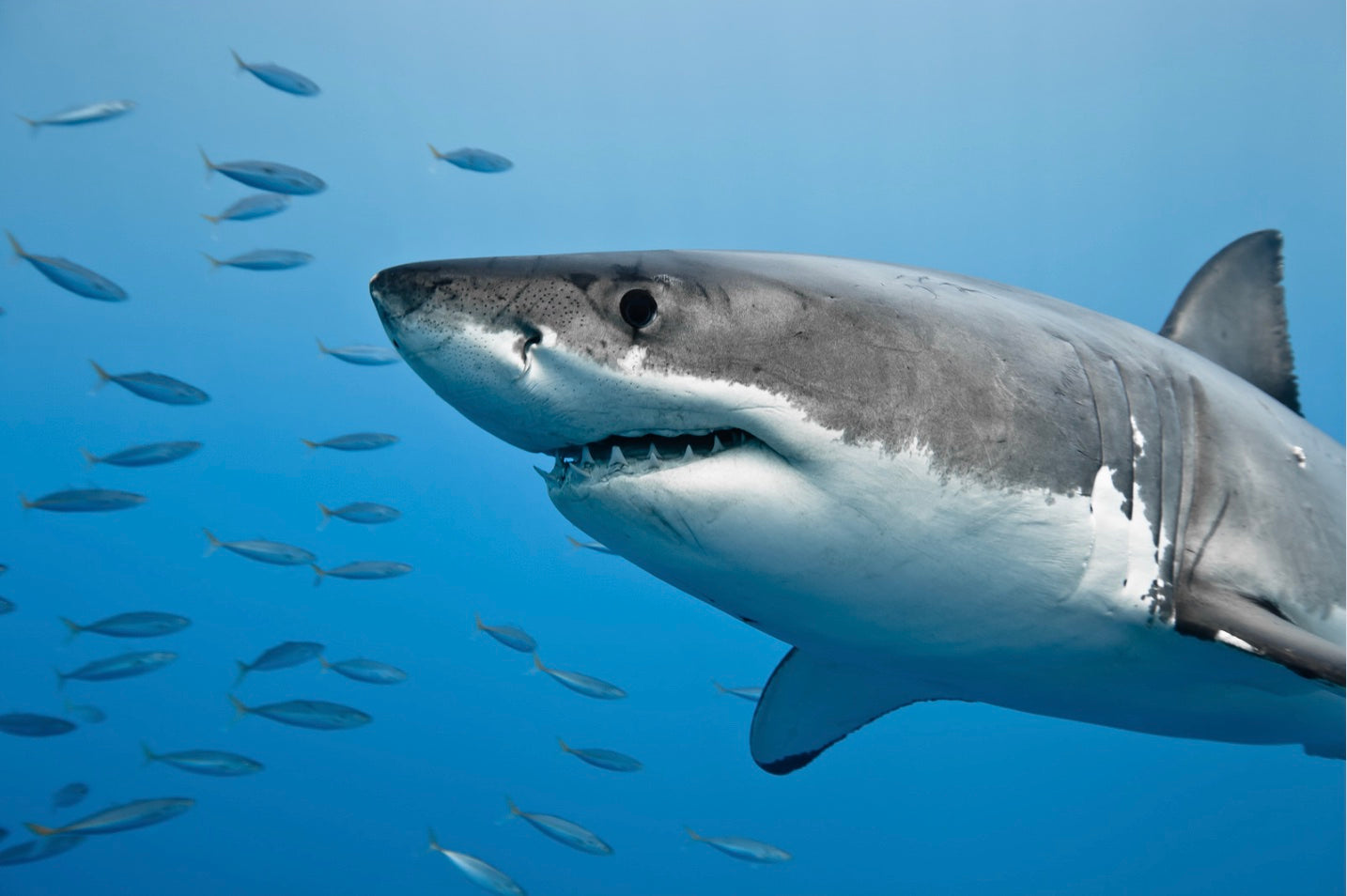
11. Sharks Were Around Before Dinosaurs
Long before dinosaurs, sharks were swimming in our oceans. In fact, sharks have been on this planet for over 400 million years, while dinosaurs lived in the Mesozoic era –– between about 245 and 66 million years ago.
Unlike dinosaurs, a shark’s skeleton is made up entirely of cartilage instead of bone, so they don’t leave behind fossils like other animals. However, many fossilized shark teeth have been found throughout the years.
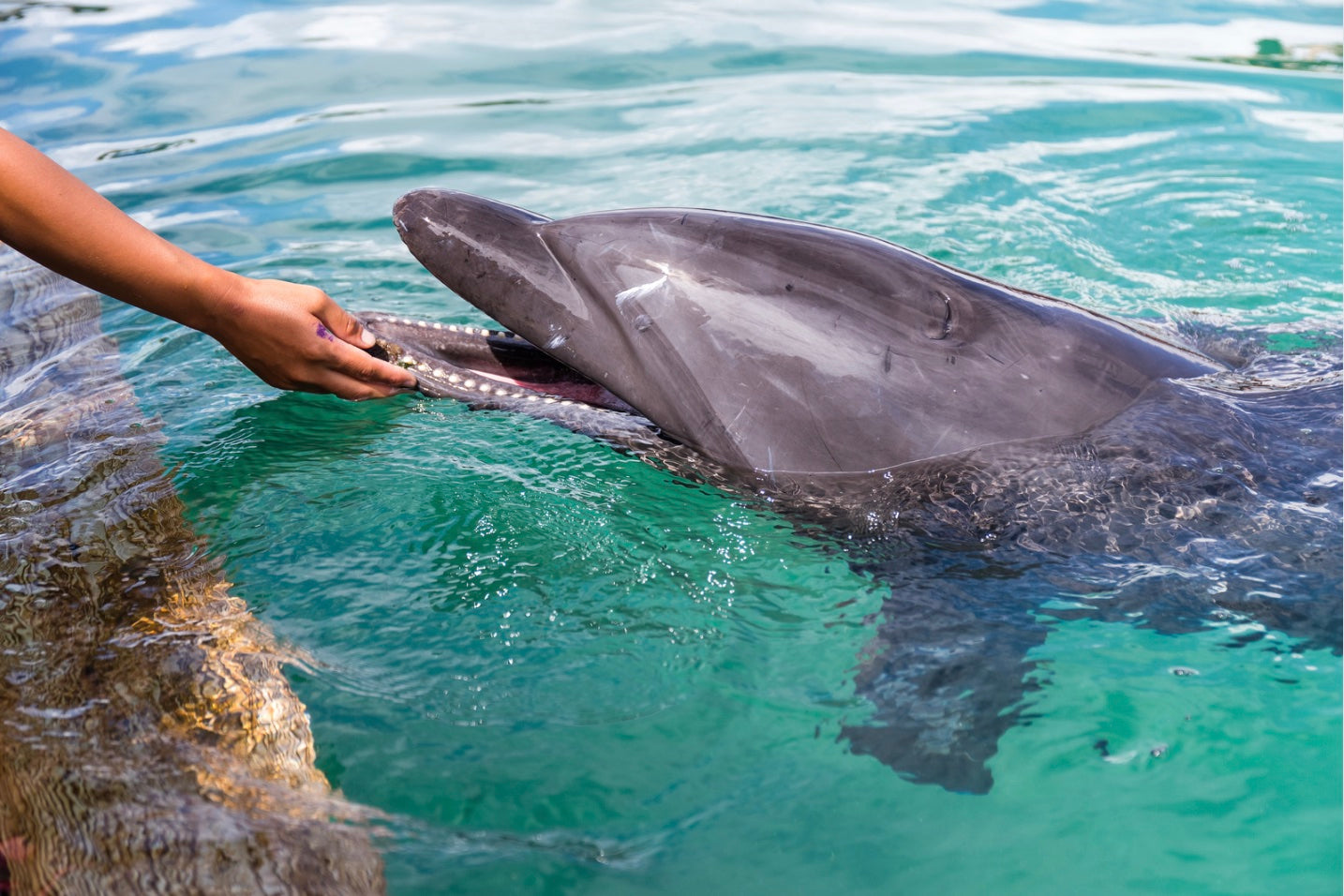
12. Dolphins May Show Signs of Empathy
By now, we all know how intelligent dolphins are. They are one of the most intelligent animals in the world, but what about emotional intelligence?
Some scientists say there are signs that dolphins can experience empathy. In many recorded cases, dolphins have gone out of their way to save someone they perceive to be in danger. From a drowning child to protecting people from sharks, dolphins seem to understand when a human is in distress.
It also isn’t just a modern phenomenon. According to the Whale and Dolphin Conservation Society, there have been multiple recorded events of dolphins protecting humans dating all the way back to Ancient Greece. Scientists aren’t entirely sure why dolphins exhibit this behavior, but they believe that dolphins may have higher forms of empathy than other animals.

13. Trees Can Fight Back
Believe or not, if there’s a threat, trees don’t always allow it to harm them. In fact, sometimes, trees fight back. Now, it would be a little terrifying if trees fought back the way the apple trees do in Wizard of Oz. Thankfully, you won’t encounter any apple-throwing trees in the near future. Trees actually protect themselves in a much more subtle way.
If an insect attacks a tree, it will fight back. Trees can flood their leaves with chemicals called phenolics, helping to deter any pests that may cause harm to the tree. They also have protective structures and processes that help protect them from disease, similar to our immune system.
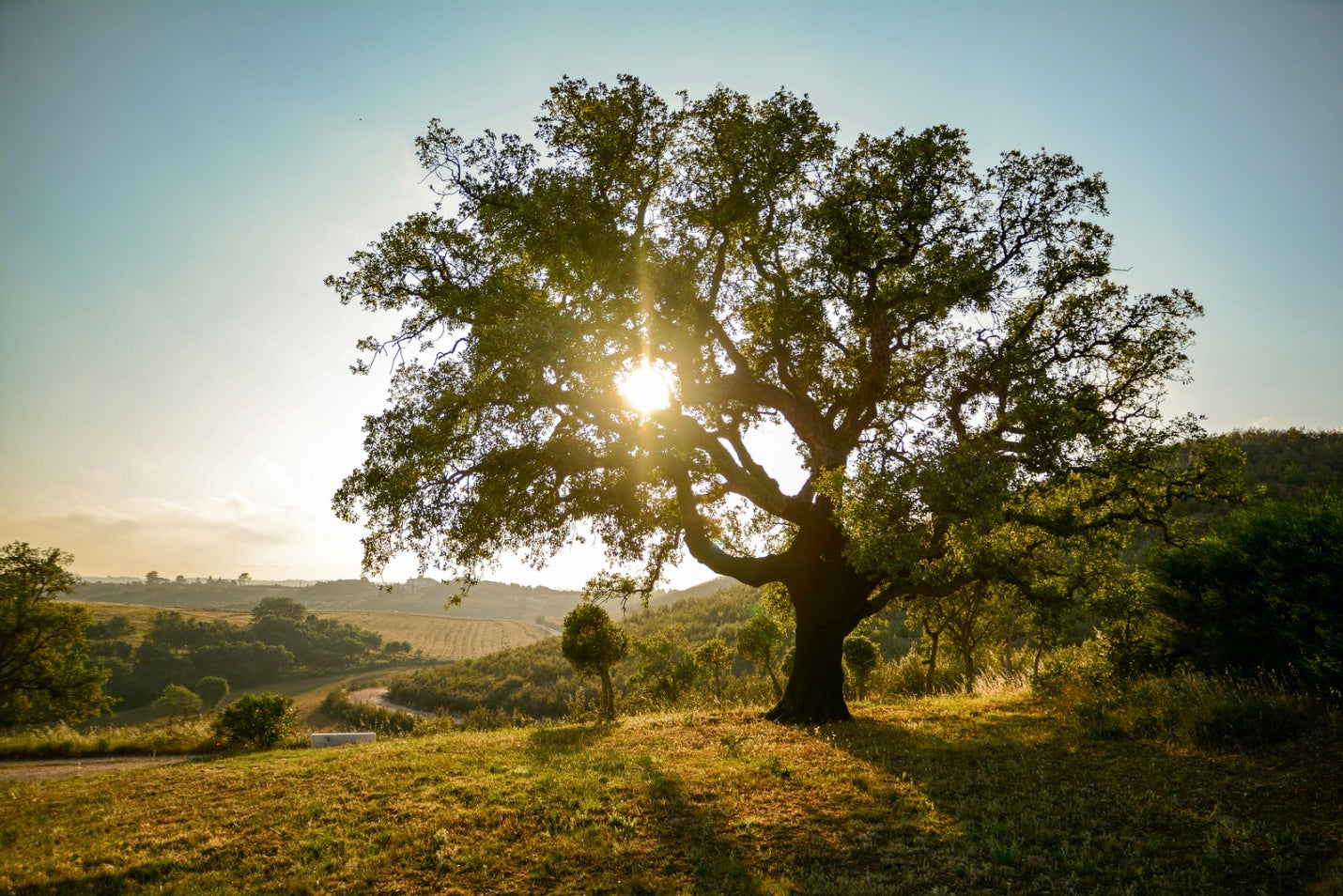
14. Oak Trees Are Sacred
Trees play an important role in history and mythology. In many cultures, the oak tree is a symbol of longevity and strength, making it sacred.
In Greek mythology, the oak tree was used to represent Zeus, the god of the skies and king of Olympus. In fact, the oak tree is considered sacred amongst Jupiter, Dagda, Perun, and Thor –– each of these gods have some kind of dominion over rain, lightning, and thunder. Coincidentally, studies have actually found that oak trees are among the trees more likely to be struck by lightning in a storm.
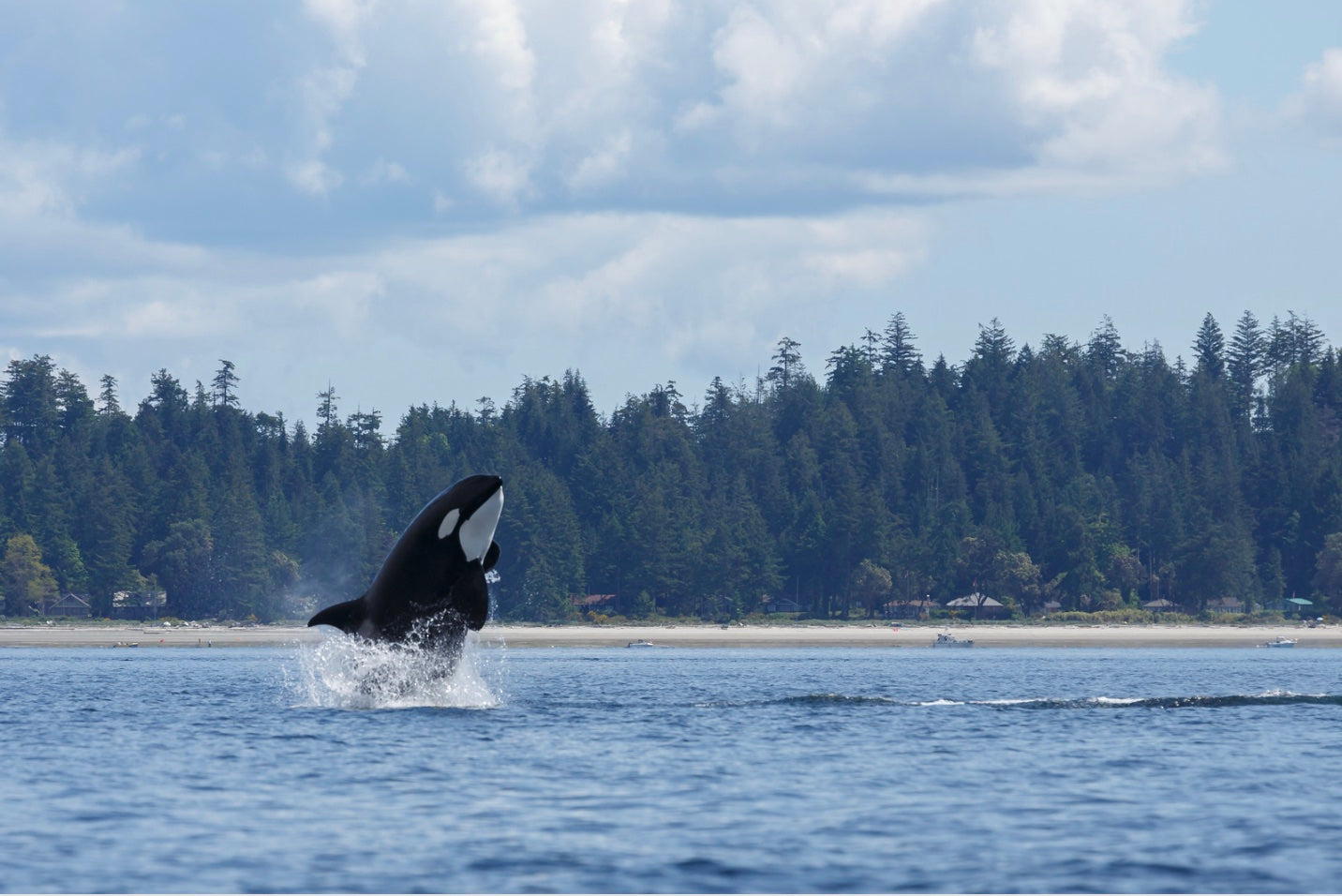
15. Orcas Are Actually Dolphins
Throughout history, orcas have acquired the nickname “killer whale,” but it turns out these sea creatures are a part of the dolphin family.
All whales, dolphins, and porpoises are classified as Cetacea, or cetaceans –– which is derived from the Ancient Greek word meaning sea monster. Cetaceans are split into two groups: toothed and baleen whales. Orcas are actually the largest species in the dolphin family. They are the ocean’s top predator, preying on a range of marine species (sometimes even whales!).
